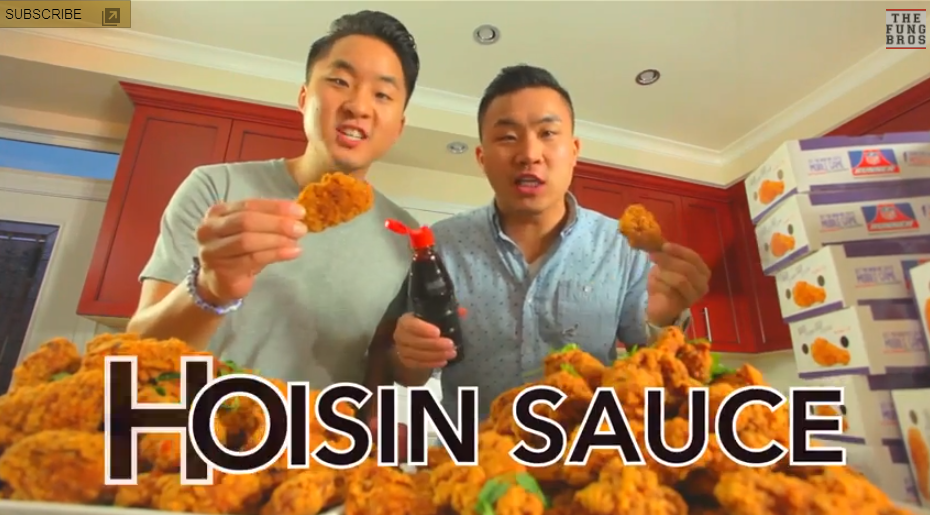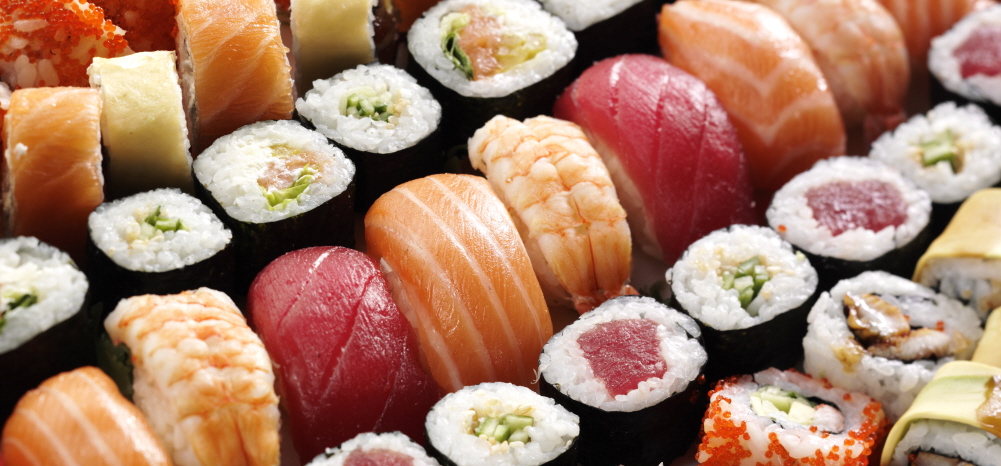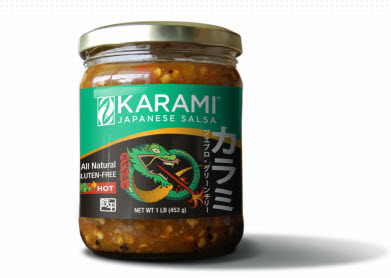This is why Asians are kicking butt on YouTube: We have a bunch of talented Asian Americans cutting loose with hilarious videos online.
This latest from the Fung Bros had me cracking up throughout, and drooling with hunger at the same time. Comedians Andrew and David Fung had the brilliant idea of buying 400 pieces of Mighty Wings from McDonald’s and then, with some friends joining in the fun, they started chowing through the wings using a variety of Asian sauces.
Some of the taste tests are hilarious (wasabi, for instance, which isn’t really a sauce, and in spite of what the Japanese woman says as the Fungs chomp on wings slathered with the stuff, isn’t used on everything in Japan…).
The video is a tour through Asian cuisines, and it’s a fine example of how Asian America overlaps — and sometimes clashes with — Asian culture. It made me hungry and want to go out and buy a few boxes of Mighty Wings and try adding sauces that aren’t in the video, like Tonkatsu sauce and Hot Mustard.













